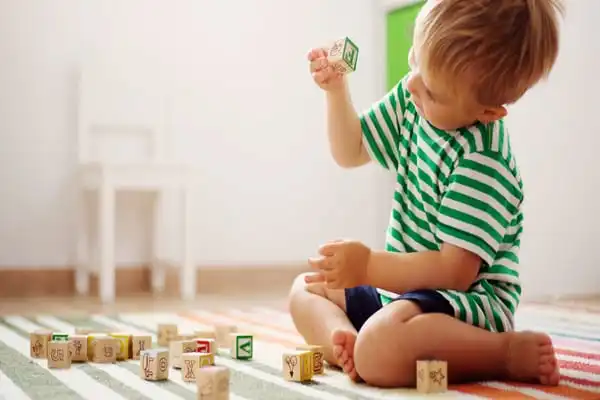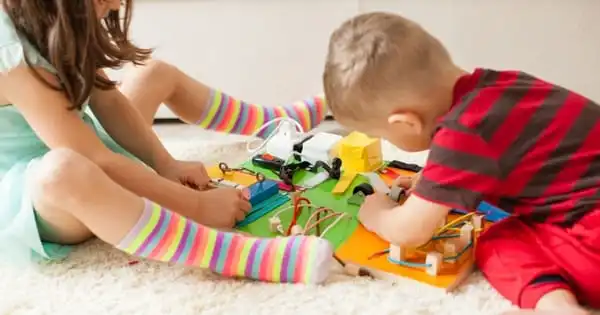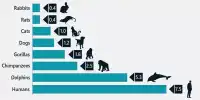Waiting causes negative effects in toddlers because they can’t yet regulate their emotions. Psychologists set out to discover how they could be helped. Is temperament a factor in how a toddler behaves while waiting? Who can children look up to in order to cope better with long lines? They came to the conclusion that, when left to their own devices, children prefer activities that match their temperament. Toddlers were able to learn to distract themselves by observing a stranger, and the observed behavior was generalized.
If you can keep your toddler happy, the rest will almost certainly fall into place. That is why it is critical to comprehend your firstborn’s reactions to your new baby. A toddler may perceive a younger brother or sister as threatening. From their point of view, their parents had more time to assist, console, or play with them. They’d show up at the first cry.
Now, it appears that all of their attention is focused on that noisy little bundle, and they are expected to be ‘big.’ Toddlers are prone to blaming the ‘intruder’ for the disruption in their routine. Toddlers may appear to forget how to use a potty or how to feed themselves at times. Otherwise, they’ll cry as much as your new baby. They are attempting to demonstrate to you that they are still small and helpless. They believe that this is the most effective way to get your attention.
We observed that children who were described by their parents as rather calm tended to occupy themselves by playing calmly, such as stacking the cups, and toddlers who were described as rather active tended to play in an active manner, such as running around with the lawnmower, and thus managed to regulate their negative feelings well.
Johanna Schoppmann
The needs of the new baby are obvious to parents, and it may appear reasonable to expect the eldest child to wait. Toddlers, on the other hand, will not, so parents with two or more children must be resourceful and adaptable.
How to help your children
Toddlers can become restless very quickly when their mother wants to finish typing an email or when their father is on the phone: at this age, waiting is not something they are good at. How can parents teach their children to be more patient in such situations? This was the starting point for the study, which included 96 two-year-old toddlers and their parents. A previous study found that children can learn to distract themselves with a toy while waiting through observation. The current study concentrated on the role of a child’s temperament.

Three-minute wait
As a result, the researchers required the toddlers in the study to wait three minutes for a small gift or candy. The coveted object was placed out of reach but not out of sight, and the study leader exited the room. While waiting, the parents interacted with the child as little as possible, leaving them to their own devices. A stack of cups and a toy lawnmower were available as more active toys. The toddler received the desired object when the experimenter returned.
“We observed that children who were described by their parents as rather calm tended to occupy themselves by playing calmly, such as stacking the cups, and toddlers who were described as rather active tended to play in an active manner, such as running around with the lawnmower, and thus managed to regulate their negative feelings well,” Johanna Schoppmann explains.
Strangers, too, can be role models
The researchers then investigated how to best assist a child in finding something to do while waiting in order to regulate their emotions. To that end, the researchers demonstrated to the children how to distract themselves with either quiet or active playing activities, while children in a control group performed a non-waiting-related playful task.
Following that, all of the children waited for three minutes again. “It was found that toddlers who observed an adult playing while waiting distracted themselves more than children who did not observe anyone waiting,” Johanna Schoppmann says. This means that the children imitated the strategy of distraction. There were no differences, however, in terms of whether the children’s temperament matched their demonstrated playing style (quiet or active). When it comes to learning strategies from others, the researchers conclude that toys that match the child’s temperament are not as important. Toddlers can also learn how to regulate their emotions through activities from both parents and strangers.















